7 Chrome Flags You Should Enable to Boost Your Browsing
Chrome Flags are a long-running feature on Google Chrome, letting users make all kinds of UI and performance tweaks to customize their browsing experience. But Flags can disappear at any moment, either having been integrated into the browser proper or done away with altogether.
That’s why it’s important to keep up with which flags are available and which aren’t. We update this list regularly to remove outdated flags and add the latest and greatest. With that in mind, here are the seven best Chrome flags you can try out right now.
How to Access Chrome Flags
Before you use any of these Chrome flags, you first need to know how to access them. Type chrome://flags in the Chrome address bar and hit Enter. You will see a big list of Chrome Flags with a warning that these features are not stable.
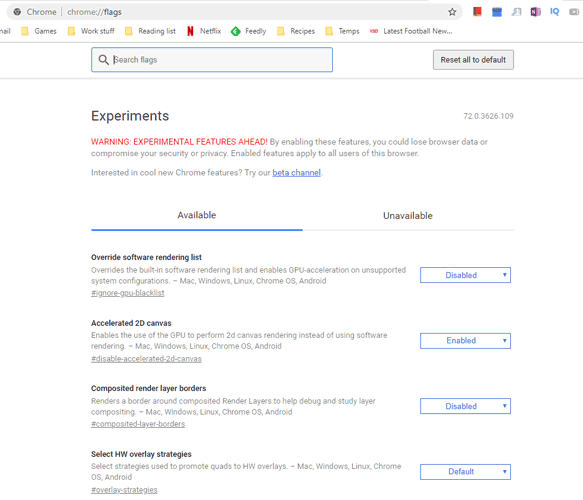
You can use Chrome’s “Find” (Ctrl + F) feature to quickly find the features we have listed below.
1. Tab Groups
Slowly being rolled out to the latest Chrome builds, the long-awaited Tab Groups feature isn’t with everyone yet, but if you don’t have it you can grab it through Chrome Flags.
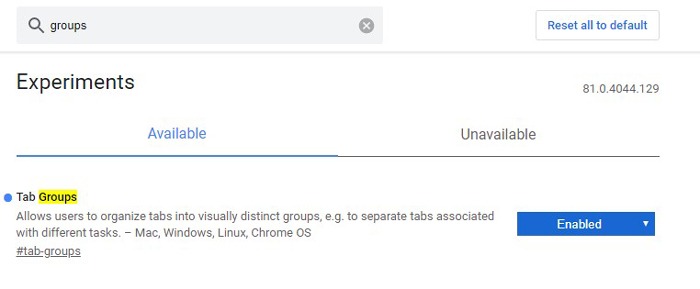
Once you have it enabled, you just right-click the tab you want to add to a group, and you can choose to add it to a new group (at which point you create the group), or an existing one. It makes tab management a whole lot neater, removing that dreaded pile-up of tabs that we’ve all been struggling with for years now.
It’s not yet as robust as certain third-party tab grouping extensions (Toby springs to mind), but it’s a start.
2. Pull to Refresh on PC
Android Chrome users will be well-acquainted with the pull-to-refresh gesture by now, which lets you drag your finger down the screen when you’re at the top of a web page to refresh that page.
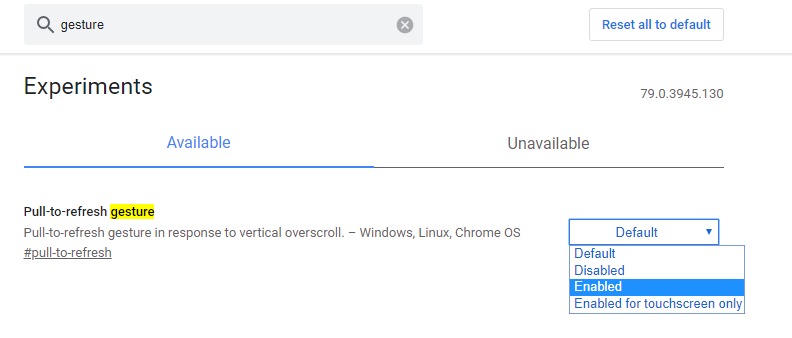
This Chrome flag lets you do the same thing on PC by using your scroll wheel or touchpad to scroll up when you’re at the top of a web page. If you have a touchscreen PC, you can enable this flag for touchscreens only.
3. Zero-Copy Rasterization (Desktop/Android)
Rasterization is the process by which Chrome organizes website data into the pixels and tangible information you end up seeing on the screen in front of you. It does this by organizing each page into “Tiles,” at which point it effectively paints in the information in each one to add up to the whole you see in front of you.
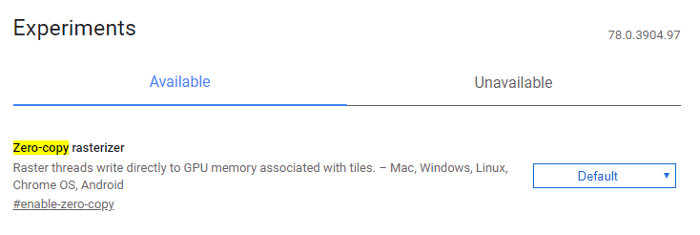
There are a few things you can do with rasterization through Chrome flags, but one of the best is zero-copy rasterization, which can ease the load on a low-end GPU by not uploading every tile change to it, offloading it instead onto your device’s memory.
This can be particularly helpful on mobile devices, with the potential to reduce battery usage when you browse the web.
4. Chrome Duet (Android)
On Android, Google has been experimenting with a “Duet” interface for a few years now, which places most of the options like tabs, search, home, and the options menu at the bottom of the screen instead of the top.
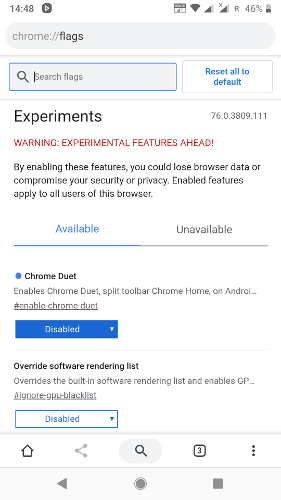
This feature’s not for everyone, but if you want to try it, then search for “Chrome Duet” in Chrome flags.
Here’s the strange thing: Setting Chrome Duet to “Disabled” actually seems to enable it for us, while setting it to “Enabled” disables it. So if it doesn’t work, try doing the reverse of what you think you should do!
5. Enable Parallel Downloading
There are several features on Chrome Flags that can speed up your browsing, many of which are enabled by default. One such feature, which specifically speeds up your downloads, is “Parallel downloading,” which splits each file you download into three separate jobs, speeding up the whole process.
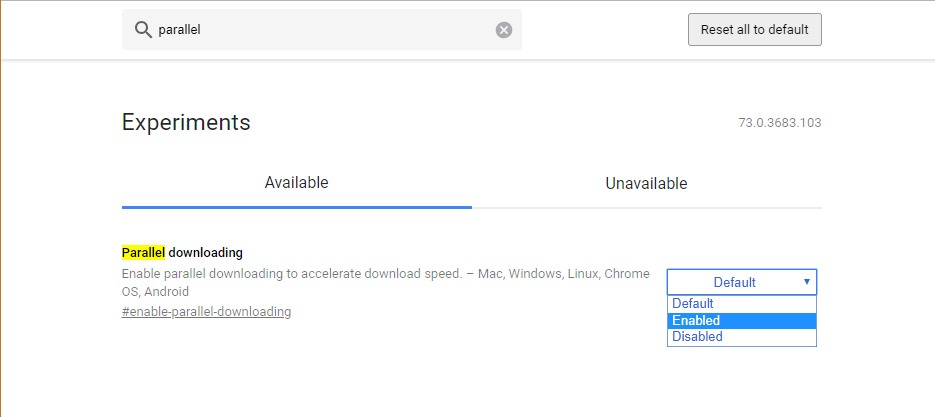
To enable it, in Chrome flags type parallel downloading, click “Default” when it appears in the list, then click “Enable.”
6. Enable Smooth Scrolling
As the name suggests, this lets you smoothly scroll through the content. When you scroll in Chrome using your mouse or the arrow keys, there is a little stuttering in the animation. In my experience this makes it hard to quickly go through content and easily read what is important at the same time (bad for content skimmers). With this option enabled, smooth scrolling just feels right and professional.

Just search for “Smooth Scrolling” or type chrome://flags/#smooth-scrolling into the address bar to directly access it. Enable it using the drop-down menu below it.
7. Enable Experimental QUIC protocol
QUIC protocol is a new connection protocol created by Google that is still under development. QUIC is supposed to be a mixture of TCP and UDP protocols that is much faster and more secure at the same time. Usually when we are on a TCP or UDP connection, it takes multiple trips to the server before a connection is stable (which takes time) and ready to exchange data. QUIC protocol’s main goal is to only make a single trip to create a connection and start the data exchange process, thus increasing the overall browsing and data exchange speed.

In Chrome you can enable QUIC protocol to start taking advantage of this protocol right now and speed up browsing. Look for the flag “Experimental QUIC protocol,” or type chrome://flags/#enable-quic to directly access it. Use the dropdown menu below it to enable it.
Bonus
From the same Chrome Flags you can also enable Chrome Offline mode that allows you to access already-visited websites without the need of an Internet connection. I have written a step-by-step guide on How to enable and use offline mode in Chrome; you can check it out if you are interested.
These are just some of the Chrome flags that will enhance your browsing experience. Although there are dozens of other flags to try, we do not recommend you mess with them unless you know exactly what you are doing.


